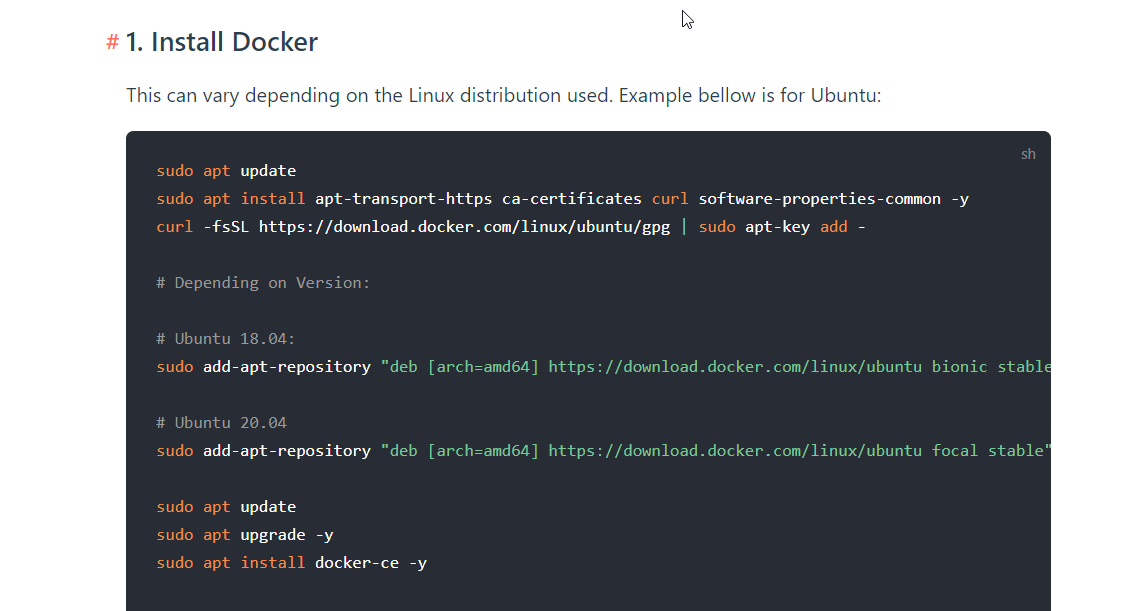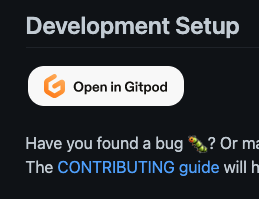Hello, n8n fans!
Name’s Georgy, and I’m a UX/UI designer and no-code developer building websites and apps on Webflow, Squarespace, Readymag, Bubble, and many others!
A few weeks ago I found out about n8n and, frankly speaking, was blown away by its features and the fact that it is free — the UI/UX seems to be slick as heck, so that’s a huge plus!
However, as a person who doesn’t have that much coding experience, I was quite upset by the fact that n8n has a steep learning curve — mainly due to the fact that there are no easy step-by-step guides on how to self-host n8n on the cloud or even local machine (though, I need a cloud-based solution because my laptop doesn’t always have the internet connection!) cheap and easy.
I’ve tried to Google and search on the forum but I didn’t find any easy-to-understand tutorials. I did find a relatively simple guide but it started with something like “use Docker to host n8n — now I’ll show you how to do it!”, though there was no explanation on how to host Docker itself in the first place.
So, here I am, asking for your help: I will be really glad if you can send me links for the tutorials or explain here in the comment section how to self-host n8n easily on the cloud by using, for example, DigitalOcean, Heroku, or AWS. It will be really cool if the guide will be as easy to comprehend as this one — https://medium.com/waveshape-collective/hosting-webflow-sites-for-free-the-definitive-guide-561538b69f94.
I do believe that n8n is an amazing piece of software, and many no-coders might enjoy it a lot — they just don’t know about it or cannot find any easy guides on how to deploy/host it.
So I’m going to help the community too by making a simple yet comprehensive guide or video tutorial if I understand how to it myself, of course. haha!
Thank y’all for the replies!
P.S: Also, I’m going to promote n8n amongst the Webflow community afterward — I think Webflow users will be hyped about n8n!
Super-duper secret info
ahem, feel free to check out my website.

